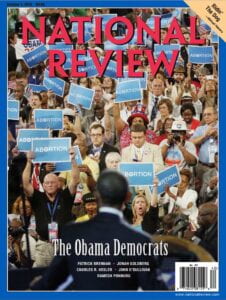When brainstorming for my photo diptych, I initially selected these two sets of photos. Since I wasn’t able to get access to a camera over break, and I felt my phone didn’t present any really good photos, I went with 2 photos I already had. This is just to see the result for now and practice seeing different connections between the two photos.

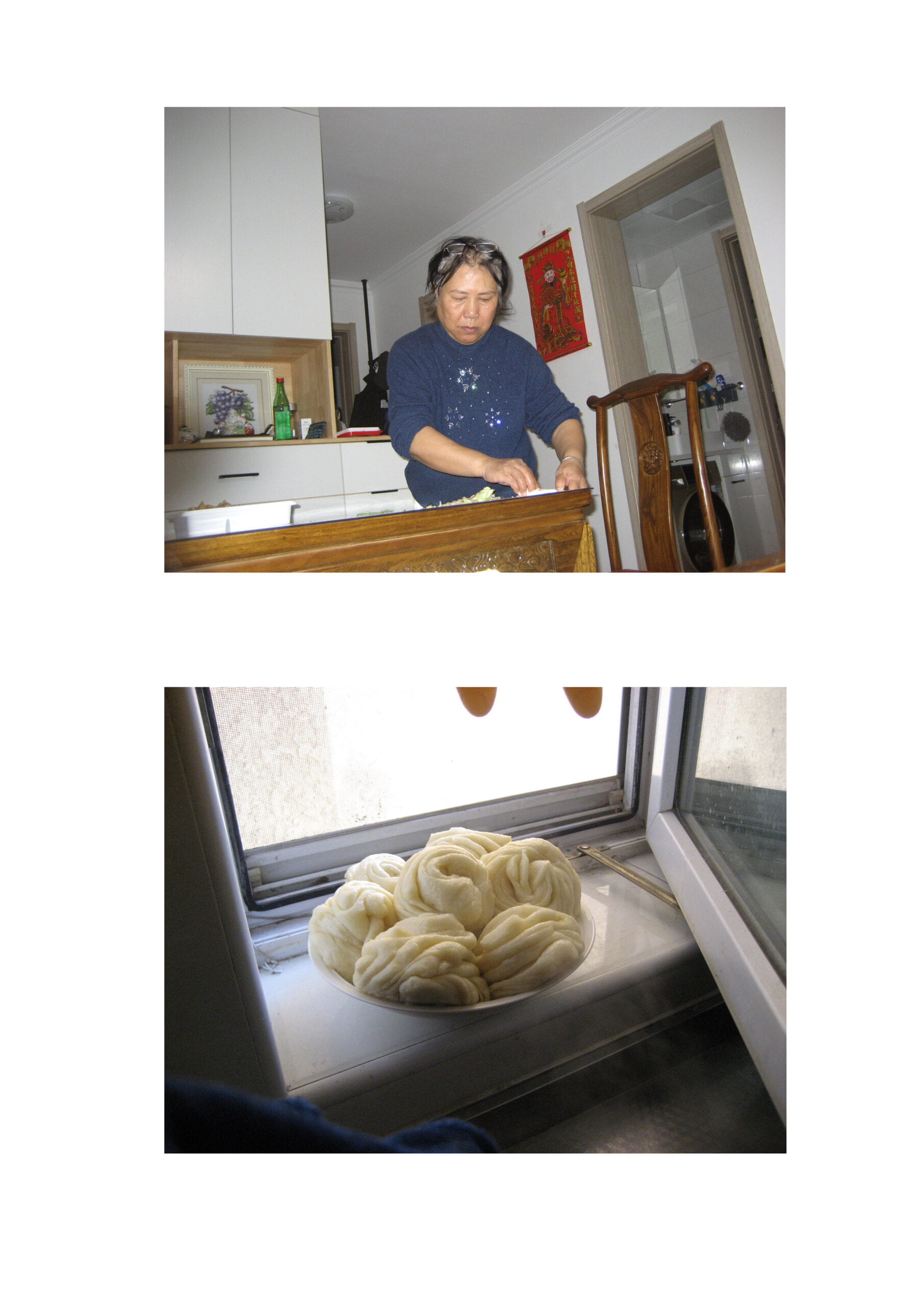
I was interested in exploring the different intentions in which we can approach this project as outlined in the slideshows. While our work all must fulfill the “one cannot exist without the other” standard, we have relative freedom outside of that. One approach is to tell a story with our diptych. In my case, I think Photoset B does so. This can also be shown through the artisan vs. the art, the mother vs. the child, the seed + water vs. the plant. I think this set has the ability to tell a personal story as well as evoke emotions within the viewer and prompt them to think of how they relate.
For Photoset A, I wanted to come from a different perspective. I personally just like the image on the left of the woman in the Guggenheim Museum. The right is a seagull seen from the ferry in New York or Liberty Island, I can’t really recall where exactly. I thought that these two images together work well when in black and white, and depict movement or the act of just being.
What can be added/manipulated
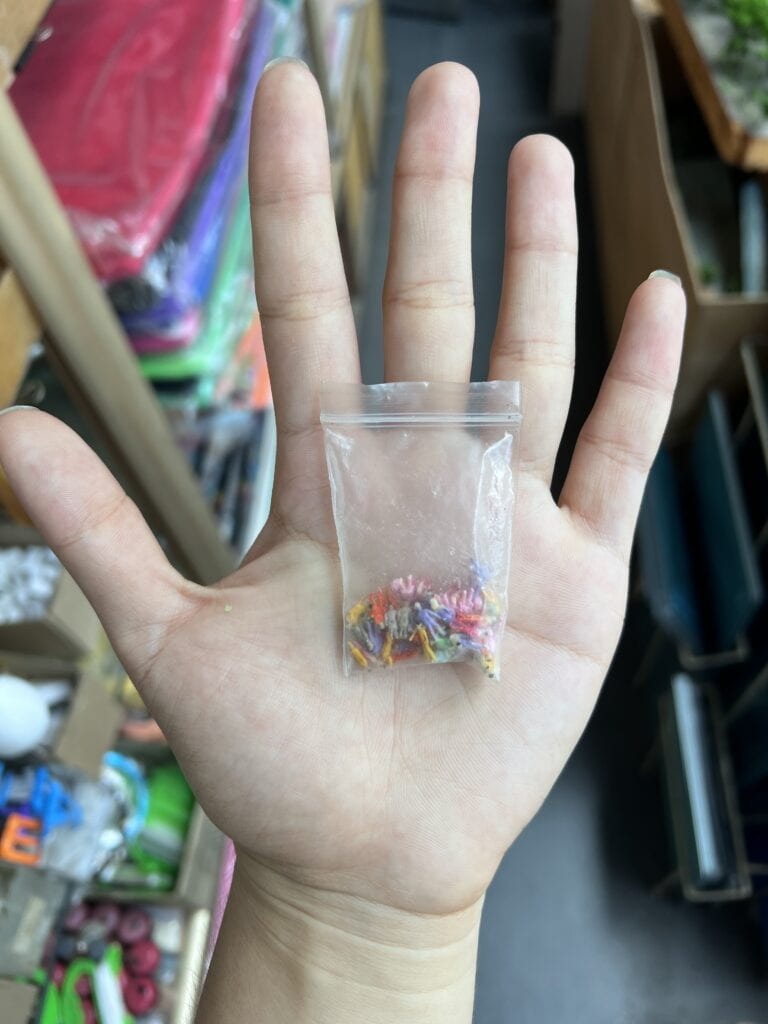
Photoset A: apart from the seagull, I thought this could serve as the second photo. Tiny figurines in the plastic bag–It’s a little more bizarre and abstract. Leaving this in color would provide contrast to the black and white first photo.
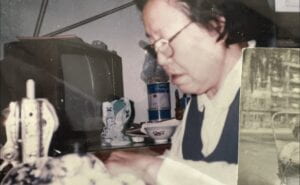
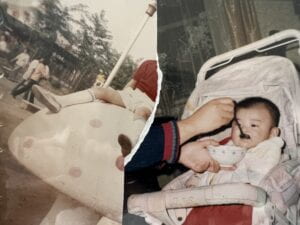
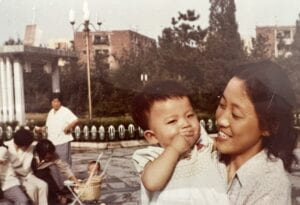

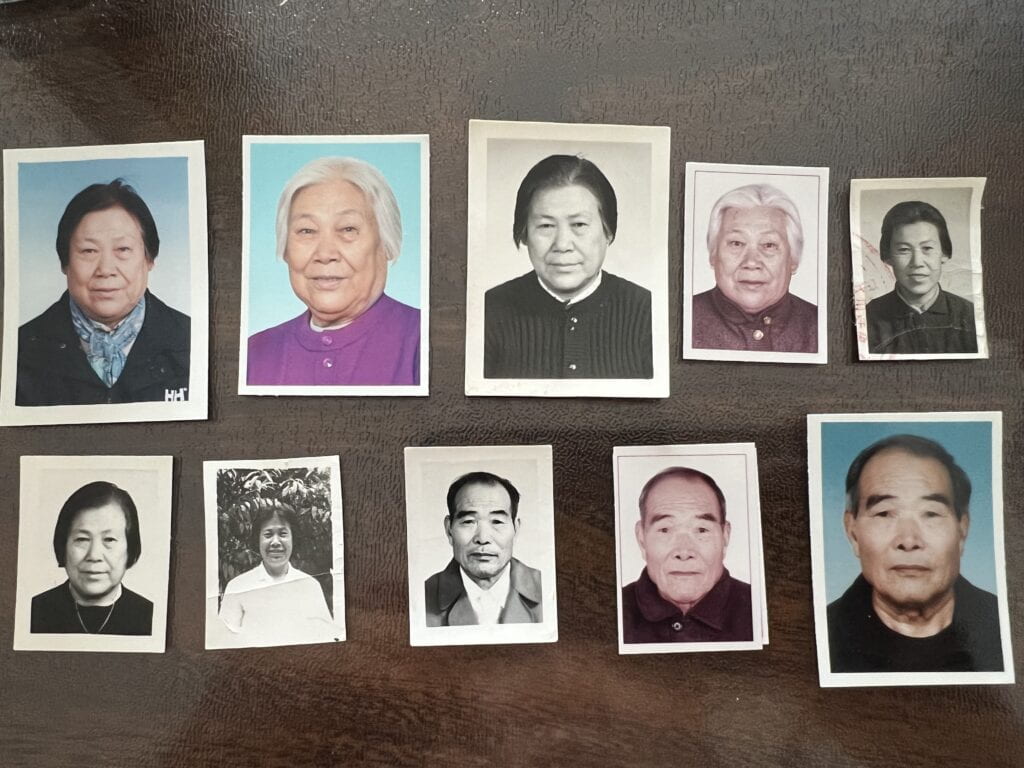
Photoset B: my aunt bears a strong resemblance to my grandma. I would like to do a collage of them and the other women in my life–I think the one of my aunt holding my cousin would be particularly good for this–, however this would be using old photos. The top two photos are from my family’s album, and I made sure I saved them particularly because of the collage effect they gave.
I’m honestly unsure how else to photoshop them though.
Alternative Ideas
When thinking about my experiences with collages in particular, in high school, I drew a lot of inspiration from Rookie Magazine and printable collage kits you could use to make your own layouts.
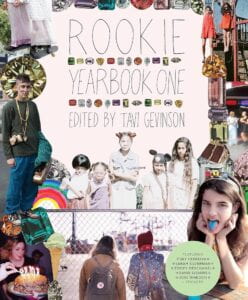
I think for my final diptych, I want to practice taking more organize, close-up photos, as opposed to the further away/scenic shots I mostly have. I want to utilize a studio setting to capture similar whimsical, transitory feelings as the magazine.

